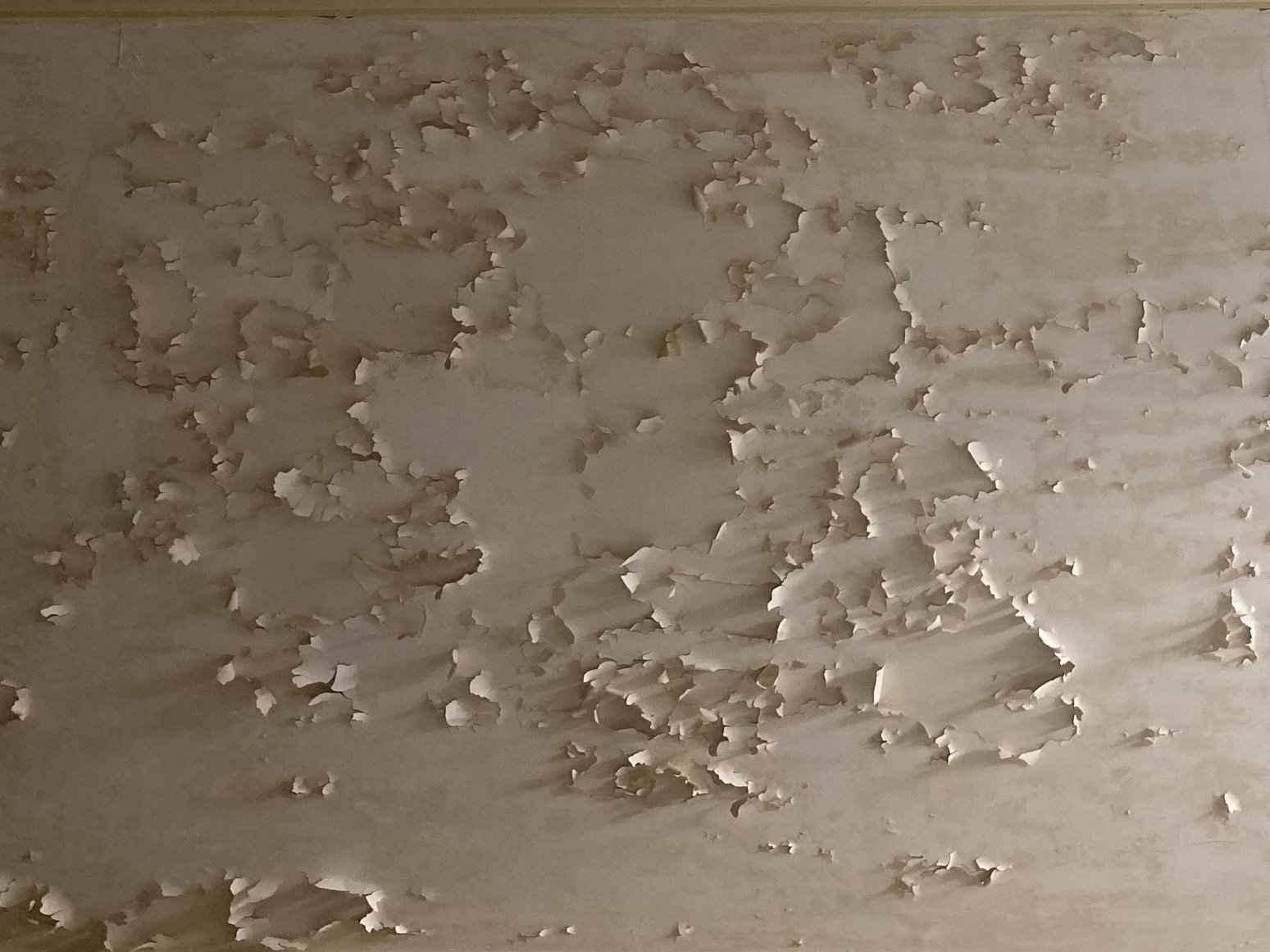
Arteria
The interconnectedness of everything.
Sited at Calke Abbey National Trust, a location within the National Forest, Arteria is a series of preliminary visual artworks, aiming to unpick intriguing yarns that lead from the microscopic and unusual to the familiar and every day, from the species found along the Tramway Trail at Calke, to the bizarre and beautiful objects found in the ‘not so stately home’. Each artwork revealing an intertwined story of interconnectedness; biologically, culturally and socially.
THE PEARLY KING
The Song Thrush is a familiar bird of parks and gardens, its breast emblazoned with speckles, which upon closer inspection resemble upside down hearts. The male can be heard in spring and summer serenading the evenings with a syrup song of repeating phrases, often followed by the mimicry of sounds like telephones and car alarms. The thrush feeds on invertebrates, particularly favouring snails (mollusc), whose shells are one of nature's many marvels of design perfection. The internal chambers of the Nautilus, a marine mollusc displays the golden ratio, a mathematical formula used by architects, artists and designers to recreate organic aesthetics. Coating the inner shell of many marine molluscs is a substance called nacre, a smooth protective layer sometimes referred to as mother of pearl. Throughout the centuries this prized iridescent wonder has been used by humans to make jewellery, buttons and small tiles called tesserae to create shimmering iconic mosaics.
THE DEMON
The White-clawed crayfish is the UK’s only native crayfish. Living in fresh mineral rich water, these beautiful and secretive crustaceans hide away in underwater nooks feeding on carrion, larvae and small fish. Another surprising crustacean found along the water's edge, and sometimes in our houses, is the Common shiny woodlouse. Unusually, the blood - hemocyanin - of these prehistoric looking arthropods is blue, due to the copper-based proteins within it, aiding oxygen distribution. Woodlouse are important recyclers of plant matter, returning nutrients back into soil to sustain new plant growth, however they are also a food source for toads, birds and shrews. The Common shrew, one of the UK’s smallest mammals weighing only 14 grams, is a voracious predator hunting insects and small worms, using its red tipped teeth. This odd colouration is iron in the tooth enamel, adding strength where the highest stress is created during feeding. Iron is the fourth most abundant metal on earth and is crucial to the survival of living organisms, it is also found in all stars including the sun. Iron is also essential in the formation of chlorophyll, the green pigment in a leaf that helps a plant to turn light into energy. Green, along with red and blue, in different combinations and levels of intensity, can produce every colour found in the natural world.
THE ACE OF LUMENS
The White-clawed crayfish is the UK’s only native crayfish. Living in fresh mineral rich water, these beautiful and secretive crustaceans hide away in underwater nooks feeding on carrion, larvae and small fish. Another surprising crustacean found along the water's edge, and sometimes in our houses, is the Common shiny woodlouse. Unusually, the blood - hemocyanin - of these prehistoric looking arthropods is blue, due to the copper-based proteins within it, aiding oxygen distribution. Woodlouse are important recyclers of plant matter, returning nutrients back into soil to sustain new plant growth, however they are also a food source for toads, birds and shrews. The Common shrew, one of the UK’s smallest mammals weighing only 14 grams, is a voracious predator hunting insects and small worms, using its red tipped teeth. This odd colouration is iron in the tooth enamel, adding strength where the highest stress is created during feeding. Iron is the fourth most abundant metal on earth and is crucial to the survival of living organisms, it is also found in all stars including the sun. Iron is also essential in the formation of chlorophyll, the green pigment in a leaf that helps a plant to turn light into energy. Green, along with red and blue, in different combinations and levels of intensity, can produce every colour found in the natural world.
THE WHISPERER
The Brown long-eared bat is one of 18 species of bat in the UK. Bats can be identified by the frequency at which they call in order to navigate and find prey in a process called echolocation. Some bats are louder than others, the Brown long-eared bat has such large ears it doesn’t need to call very loudly at all, so it is often referred to as the ‘Whispering bat’. Bats eat all manner of mainly flying insects, yet not many things eat bats, one animal that does is the Tawny owl. This nocturnal super predator, scanning for prey from its oak tree roost, will swoop on any bat that might fall to the ground or briefly land. These owls favour oak trees as they provide the best backdrop to their perfectly cryptic plumage, making them almost invisible to the passer by. It has recently been calculated that a staggering 2300 species are associated with the oak tree, 30 of these are the Oak gall wasps, one such wasp - Andricu kollari - creates a hard-spherical casing called a Marble gall, this protects the tiny wasp grub developing inside. Historically Marble galls, which are high in tannins, were crushed and used as one of the earliest forms of ink which, along with a simple feather, was used to draft documents such as the Magna Carta and the American Declaration of Independence, as well as creative applications, scribing classics from the likes of William Shakespeare.




